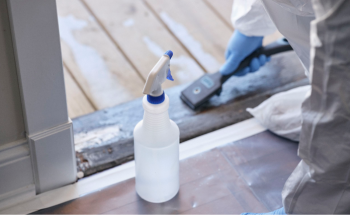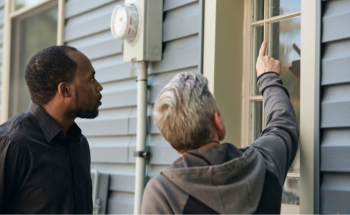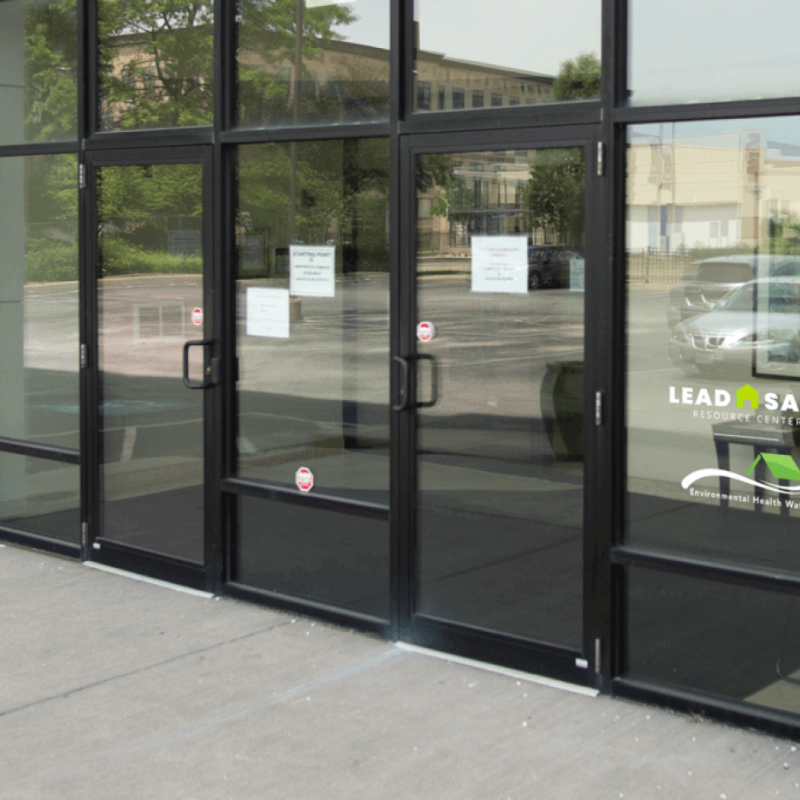Helpful Resources


6 Step Guide to Lead Safe Certification
Are you trying to figure out what you need to do or where to start? Check out our 6 Step Guide to the Lead Safe Certification.


Apply For Financial Assistance
Financial assistance is now available to every owner occupied and rental property owner in the city of Cleveland. Whether you live in or rent out your property, you may be eligible to receive all-new funding to make your home Lead Safe and help eliminate an invisible enemy from our city’s future.


Find a Contractor and Clearance Technician
Are you looking for a contractor to work with during this process? The Lead Safe Cleveland Coalition has a public list of certified EPA RRP contractors and state licensed Clearance Examiners, who have been through the Vetted process.
